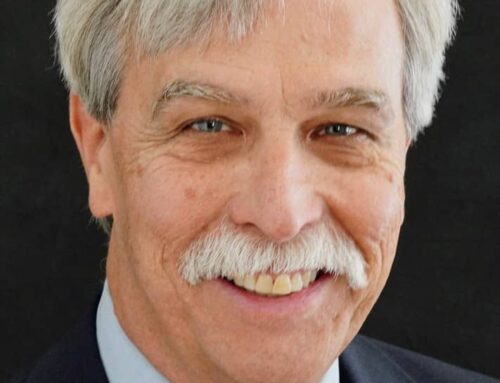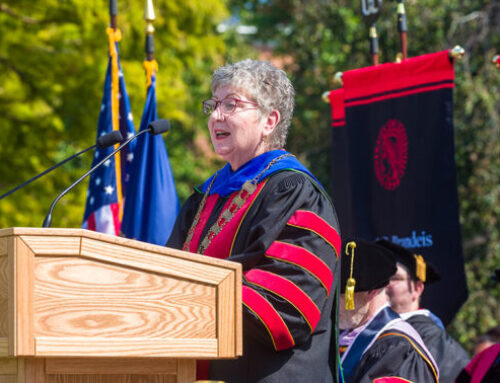
Needle exchange programs, like the one pictured above at the Fresno Free Clinic, are only one way of compassionately addressing drug addiction, without creating lifelong criminals by throwing addicts in prison.
By Lee Cole–
Part one of “Getting High” focused on diagnosing America’s drug problem and examining our attitudes as Americans toward drugs, medicine and recreational intoxication. Part two focuses on the prescription and tangible efforts and measures that could be put in place immediately to spur real change.
The first and most important step has to be decriminalizing, or flat out legalizing, cannabis. President Obama has stated numerous times that he supports decriminalizing cannabis and an altogether different approach to treating drug addiction and drug abuse. Rather than sending drug addicts to prison, and creating lifelong criminals in the process, he favors the European model, wherein drug addicts are treated by medical professionals as people who are sick. It’s a sensible, decent way to address an important problem.
This approach would apply mainly to heroin, methamphetamine, cocaine and prescription drug addicts. Cannabis, it should be clear, is a relatively harmless substance, and it’s time we started treating it that way. It’s far less dangerous than alcohol and caffeine. When one considers that around 100 people die every year from Tylenol, and some 50,000 more are hospitalized, whereas no one dies from using cannabis, its current legal status becomes more and more embarrassing.
Although decriminalization is supported by Obama, it’s likely that he will leave it up to the states. Full-fledged legalization is probably not a realistic outcome for at least another decade. However, rescheduling cannabis as a schedule 2 or 3 drug is a real possibility, and it would render law enforcement officials impotent when it comes to taking legal measures against those caught with the drug. This would also reduce penalties and do away with mandatory minimums for prison sentences in a large number of cases. In Washington, following the recent vote for legalization, all the cannabis cases pending were dropped. I see no reason why this couldn’t be done on a national level if decriminalization were to occur. Of course, violent offenders would have to remain, but releasing those imprisoned for simple possession would relieve overcrowding and reduce our prison population, which is currently the largest in the world.
Perhaps the most important measure we can take is a reevaluation of how we approach mental healthcare. As it stands now, mental healthcare is something which only relatively wealthy persons can afford. It’s why so many in lower socio-economic classes turn to drugs. The reason may be that general healthcare is seen as a necessity whereas mental healthcare is seen as a luxury. Mental health should be taken as seriously as bodily health, and until we begin treating them as equal, the disparity will remain.
Furthermore, we have to reconsider the use of SSRI’s (selective serotonin reuptake inhibitors) as antidepressants. Since 1988, the rate of antidepressant use has risen 400 percent, and antidepressants are currently the most prescribed drugs in the United States. Of course, this isn’t entirely because we’ve become more depressed. Pharmaceutical companies have a lot to gain by acting as pushers, and SSRI’s, while they certainly do help some people, are almost certainly overprescribed. Antidepressants are especially insidious because of their subtlety and their widespread acceptance in society. They affect mood and disposition in ways that are difficult to perceive and they alter one’s personality. One may be prescribed an antidepressant during a particularly difficult time, usually not by a psychiatrist, and then find themselves still using it five years later, because every time they attempt to stop, their mood is affected in such a dramatic way they don’t feel it’s worth it. This is normal by society’s standards, and we don’t use words like “dependence” and “withdrawal” when talking about SSRI’s. If someone were to tell you, “I have this new drug that cures sadness and is tantamount to chemical happiness. All you have to do is take it every day, indefinitely, for the rest of your life if necessary,” you would most likely be weary.
We don’t see it as strange because pharmaceutical companies and doctors have been pushing the now rather hackneyed phrase “chemical imbalance” for the past few years. It’s just specific enough to seem credible but vague enough to be unverifiable. Furthermore, we are expected to believe that the cause of mental illness is a chemical imbalance, but to ask what the cause of the chemical imbalance is in the first place is seen as an unfair question. The most common answer is genetics; environmental factors are often ignored because they aren’t easy to address. Naturally, mental disorders are reducible to neurotransmitters and biochemical processes at the level of the brain, but it’s not clear what it is to have a “balance” of these chemicals, or precisely what an “imbalance” entails.

Antidepressants, like the SSRI Prozac pictured above, are overprescribed in the U.S.
The fact of the matter is that we want easy answers and shortcuts. It’s easier for a doctor to hear an explanation of symptoms for five minutes and prescribe Prozac rather than suggest long term therapy or lifestyle changes. What’s more, pharmaceutical companies would rather you take their drugs than pursue cognitive behavioral therapy or change the way you live your life. Imagine a doctor saying “Well, I’m prescribing weekly CBT sessions, an hour of daily yoga, meditation and exercise and abstinence from fast food and television.” Most people would respond with “Isn’t there some kind of pill you can give me?”
The hard truth, however, is that there may not be a magic pill. While that’s not to say that sometimes a beer, a joint or some kind of pharmaceutical isn’t acceptable to “take the edge off,” so to speak, we have to agree that in the long run, it’s not the best strategy. We have to ask ourselves if it’s possible that the culture itself – six hours of television a day, fast food for every meal, addiction to material goods and consumerism – is responsible for the “chemical imbalance” we hear so much about these days. If we aren’t getting high from substances, we’re getting the same feeling of escape from reality by becoming absorbed in the fantasy world of reality TV, Facebook, product fetishism and celebrity obsession.
If you want to get really deep, consider what the Buddha taught, that suffering arises from an unquenchable desire and our attempts to grasp at objects of desire which are ultimately unattainable. We have desires; we get the transient feeling of “being high” and then we try desperately to reiterate that feeling, upping the dosage of pleasure each time to overcome tolerance. If he was right, perhaps the problem is deeply embedded in the human condition, and to overcome our drug problem, we have to overcome our addiction to avoiding suffering by “getting high” on fleeting pleasures and brief episodes of intoxicating self-satisfaction. While I realize the risks of ending the article with a quote by Jung (after referencing the Buddha, no less!), given his status within most American psychology departments, I can’t help but close with one of his quotes: “I have gone so far with this as to believe that neurosis itself might be best defined as the avoidance of necessary suffering.” In other words, to overcome our American drug problem, we have to change our lifestyles and learn to cope rather than find ways to distract us from reality.
Read on: Getting High Part 1: The line between recreational and medicinal has become blurred
[email protected]
Photo courtesy Latimes.com






